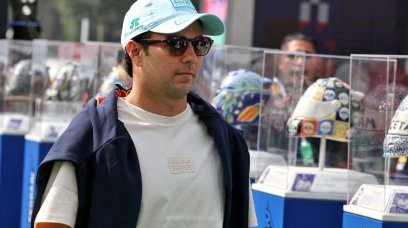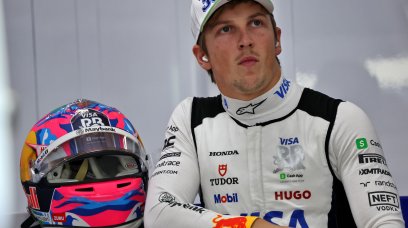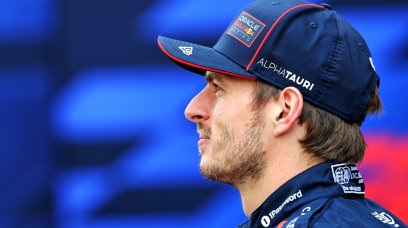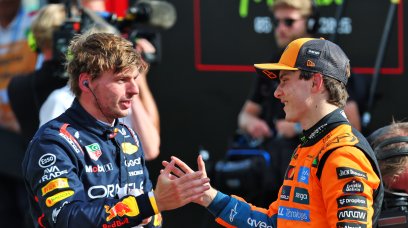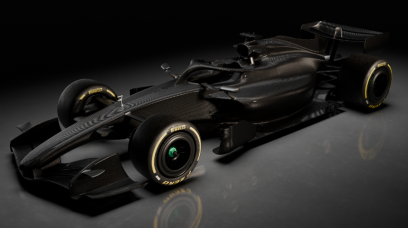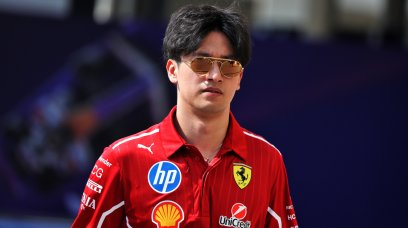Following complaints from several teams and drivers after the Azerbaijan Grand Prix, the FIA revealed on Thursday that they would take steps to reduce or eliminate porpoising in F1. With some drivers suffering with back pain during and after the Baku weekend, Lewis Hamilton was among those who called for FIA intervention, and Esteban Ocon claimed that support for change was growing across the grid. The FIA plan to introduce a metric, based on the car's vertical acceleration, that will give a quantitative limit for acceptable levels of bouncing. That could spell bad news for teams who are bouncing the most, such as Mercedes and Ferrari, who may be obliged to counter the porpoising by raising their ride heights at the cost of performance. By contrast, Red Bull appear to have managed the issue more comfortably, and may be in a situation to benefit if other teams have to sacrifice performance in order to abide by the new rules. This latest regulation change is arguably the biggest to occur mid-season since 2013, when Pirelli had to change the construction of their tyres in response to a series of delaminations and blowouts – and Red Bull were the big winners of that change.
Pirelli's 2013 tyres quickly drew criticism
Having taken over from Bridgestone as F1's sole tyre supplier in 2011, Pirelli were tasked in 2013 with producing a tyre that would wear out more quickly and thus require teams to pit more often, with the aim of enlivening the on-track action. But the firm's new high-deg tyres soon came in for criticism by teams and drivers, who claimed that tyre management had become too important to race strategy. Red Bull were particularly vocal in their opposition to the 2013 tyres, with then-driver Sebastian Vettel claiming they were unsafe, and Team Principal Christian Horner saying the degradation was too aggressive after Fernando Alonso made four pit-stops on his way to victory in the Spanish Grand Prix. Pirelli introduced a new tyre in time for the Canadian Grand Prix, and declared that there would be no further updates that year, but were forced to backtrack on that claim after the British Grand Prix, when no fewer than five drivers suffered tyre failures. With Race Director Charlie Whiting admitting he had been close to stopping the race amid safety concerns, Pirelli were forced to act, reintroducing the more durable 2012 specification of tyre in time for the Hungarian Grand Prix.
Reversion to 2012 tyres benefitted Red Bull
Arguably the biggest beneficiaries of the reversion to the 2012 tyres were Red Bull, who had won only four of 2013's first nine races but dominated the rest of the year, with Vettel winning nine of the 10 Grands Prix after Hungary and comfortably securing his fourth World Championship title. Speaking after the season had ended, Technical Director Adrian Newey acknowledged that the mid-season tyre switch had played neatly into Red Bull's hands. "I think we saw at the start of the season it was very tight,” Newey told Autosport in December 2013. "Ferrari started off very strong and Mercedes came on very strongly, and certainly going into August we were feeling that this was going to be really tough. "And then I think we made some small improvements to the car, Pirelli also had to go back to the 2012 tyres which seemed to suit the car better and it suddenly fell into our hands. "The tyre change certainly helped us, probably more than some of our competitors."
Newey: Some teams lucked in with the 2013 tyres
Newey also dismissed suggestions that the reversion to 2012-type rubber unfairly penalised teams that had optimised their cars around the 2013 tyres, suggesting that whether teams benefitted from the original rubber or not was down to luck. "Obviously there were a lot of politics surrounding that with a couple of teams in particular lobbying to stay with the 2013 tyres on the basis that they had been extraordinarily clever in designing their car around these tyres," said Newey. "We all play the game, but we also know that that is complete rubbish because none of us knew how these tyres were going to behave. "We had one very quick session in P1 in Brazil [in 2012] with 50 degrees track temperature and that was it and off we went. "Some teams lucked in, and others it hurt. We were in the hurt category unfortunately."
Most read
